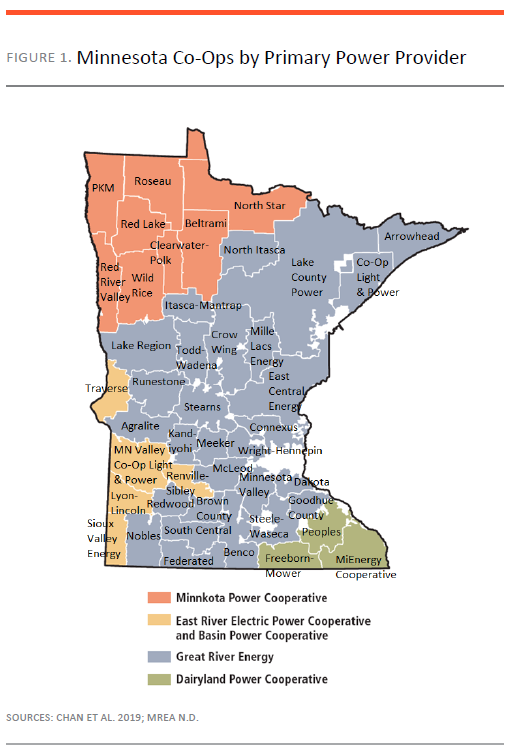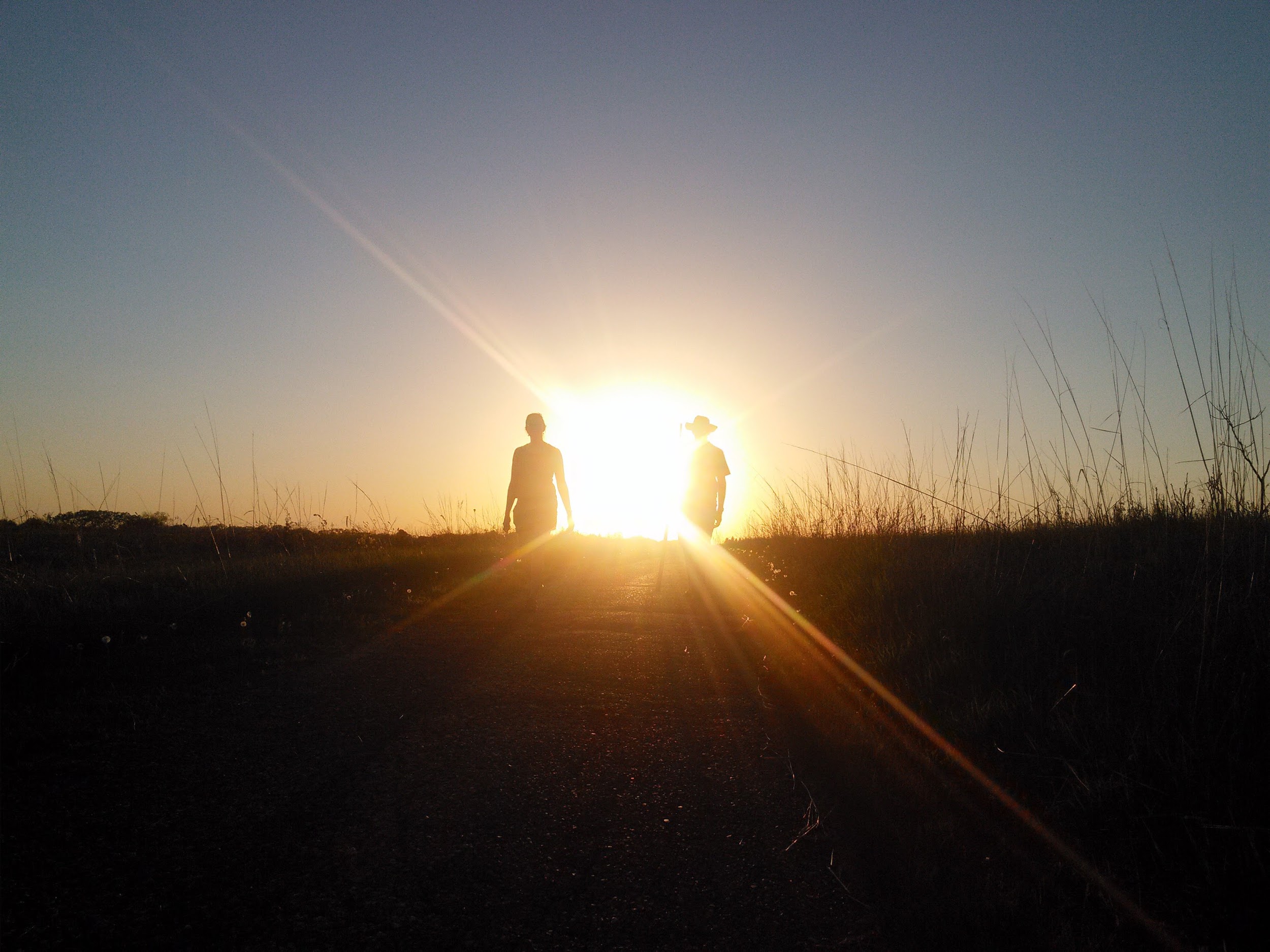As coal use in Minnesota declines, rural parts of the state are stuck with over-priced power from coal-fired plants in the Dakotas.
The Union of Concerned Scientists (UCS) just released a new report on the Minnesota energy market and found something troubling: Even as more and more Minnesota power companies move from fossil fuels to renewable energy, small electricity cooperatives (co-ops) in Minnesota remain tied to larger “generation and transmission” (G&T) cooperatives that rely heavily on--and in some cases own--dirty, expensive coal-fired power plants located in other states. The report then tackles the million dollar question: Why are these G&T co-ops so committed to dirty, expensive coal, and what can we do about it?
You’ve got the power, but who supplies your electricity?
The majority of Minnesotans receive their electricity from investor-owned utilities like Xcel Energy, Otter Tail Power, or Minnesota Power. These utilities operate as for-profit businesses, with shareholders who expect a return on their investment. In theory, the Minnesota Public Utilities Commission helps to keep investor-owned utilities’ electricity prices under control through regulation and oversight. And, as clean energy becomes less and less expensive, more and more investor-owned utilities are ditching coal for solar and wind: Xcel, for example, has announced plans to retire all of its Minnesota coal power plants by 2030. Of the Minnesota coal plants that have had plant retirements proposed, all but one are owned by investor-owned utilities.
Meanwhile, almost a third of Minnesota’s electricity consumers are served by electric cooperatives (co-ops), publicly-owned utilities that are run democratically at the local level. Many of these co-ops operate in rural communities, some serving only a few thousand customers. (For comparison, Xcel Energy provides power to over 3.6 million customers across multiple states.)
It doesn’t make sense for these small co-ops to invest in their own power plants or build miles of power lines, so multiple local co-ops join larger “generation and transmission” co-ops. The G&T co-ops then build power plants and power lines to sell electricity back to the local co-ops, who in turn sell it to their customers. In Minnesota, local co-ops purchase power from Basin Electric Power Cooperative (via East River Electric Cooperative), Dairyland Power Cooperative, Great River Energy, or Minnkota Power Cooperative.
The cost of coal
Unfortunately, as reported by the Union of Concerned Scientists, these G&T co-ops have invested heavily in coal power, built close financial and political ties to the coal industry, and are reluctant to switch to renewable energy sources like wind or solar. The consequences of this coal dependency are not just environmental, they are also financial: in addition to the environmental costs of burning coal for electricity, coal power is increasingly expensive when compared to clean energy. This means these G&T co-ops are paying more for electricity than they really need to. As the UCS report says, “these plants cost consumers over $93 million in overgeneration costs from 2015-2017.”
Ideally, local co-ops in Minnesota and elsewhere could themselves start constructing wind turbines and solar panels to pursue clean energy goals. This would let communities produce energy locally, reduce their climate impact, and create family-sustaining careers. However, many local co-ops have draconian purchasing agreements with the G&T co-ops that limit the amount of wind or solar energy the local co-ops are allowed to produce. Even if they wanted to generate more clean energy, the local co-ops are restricted in their ability to do it. Many of these co-ops have “all-requirements” contracts that require them to get virtually all their energy from one G&T.
And these purchasing agreements can last for decades, making it difficult for smaller electricity co-ops to find cleaner or less expensive sources of power. UCS noted that, for example, “Great River Energy’s all-requirements contracts mostly extend to the 2040s, while Basin Electric’s run until 2075.” We can’t possibly know what the best way to generate electricity will be in 2075, yet Basin Electric has locked local co-ops into contracts that will outlast many of the people who wrote them. At the same time, many of these G&Ts have contracted to purchase coal for 30 or 40 years, making clear that they have no intention of transitioning to clean energy.
Those factors help explain why some G&T co-ops seem committed to coal, but is there anything we can do to change their minds?
A renewably-powered light at the end of the tunnel

In answering that question, the Union of Concerned Scientists did find some cause for hope: Because local co-ops are locally and democratically controlled, communities could demand their co-ops move away from fossil fuels and towards clean energy. In turn, this could pressure the G&T co-ops to rethink their commitment to coal. Minnesota could also push state legislators and regulators to provide stronger oversight and guidance to co-ops, and require that they find ways to increase the use of renewable energy. One of the largest G&Ts in the country, Tri-State, just announced plans to retire two coal plants after member cooperatives started to flex their local power and demand change.
We know coal is on the way out. It seems there’s a new story every day about a coal mine filing for bankruptcy, or a proposed coal plant being canceled, or a new analysis highlighting the cost savings of renewable energy over fossil fuels. The Sierra Club is working to ensure that the shift to clean energy will come to all consumers sooner, not later, and this Union of Concerned Scientists brief helps pave the way for our work.